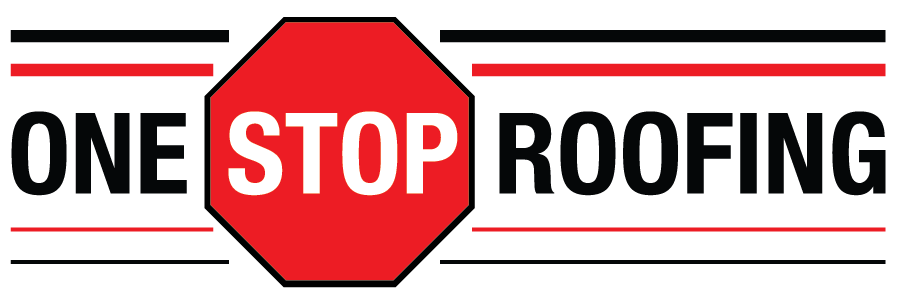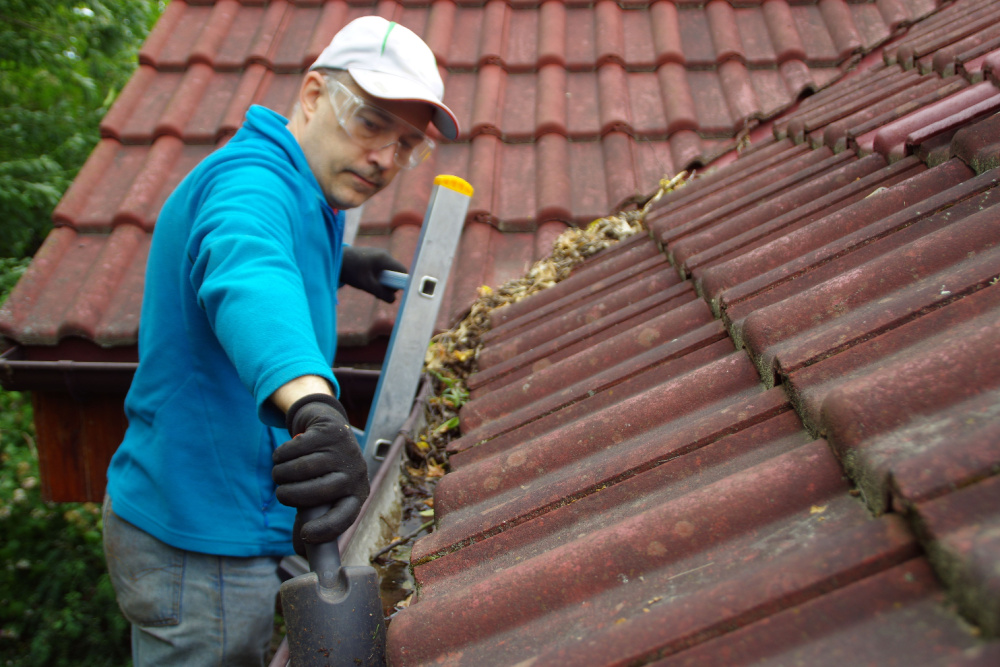Owning an older home comes with unique charm, history, and character. However, it also presents maintenance challenges, particularly when it comes to your roof. California’s varied climate—from hot inland summers to coastal humidity and wildfire risks—puts extra pressure on roofing systems. At One Stop Roofing, we’ve seen firsthand the most common roofing issues that affect older houses and how homeowners can address them before they turn into costly repairs.
Worn and Aged Shingles
Visible Wear and Tear
Over time, asphalt shingles lose their granules, fade in color, and become brittle under California’s intense sun. Older homes often have shingles nearing or past their life expectancy, making them prone to cracking and leaks.
What Homeowners Can Do
If your shingles are curling, breaking, or missing, it’s time to schedule a roof inspection. Replacing old shingles with modern, Class A fire-rated options can improve both safety and durability.
Leaks and Water Damage
Hidden Moisture Problems
Leaks are one of the most common roofing issues in older homes. Water may seep through worn shingles, deteriorated flashing, or aging underlayment. Over time, even a small leak can lead to mold growth, wood rot, and damage to the ceiling.
Prevention and Repair
Regular inspections and maintenance are key. Sealing flashing, replacing underlayment, and repairing compromised areas early can save homeowners thousands in water damage repairs.
Damaged or Corroded Flashing
Why Flashing Fails
Flashing seals joints and roof penetrations, such as chimneys, skylights, and vents. In older homes, flashing may be corroded, cracked, or poorly installed. Once flashing fails, water can easily enter the house.
Solutions for Older Homes
Replacing damaged flashing with durable, rust-resistant materials prevents leaks. A professional roofer can ensure proper installation for long-term protection and durability.
Poor Roof Ventilation
Ventilation Issues in Older Homes
Many older houses were built without adequate ventilation systems. Poor airflow in the attic can trap heat and moisture, shortening the roof’s lifespan and increasing energy bills.
Upgrading Ventilation
Installing ridge vents, soffit vents, or powered attic fans can improve airflow. Better ventilation reduces moisture buildup, prevents mold growth, and helps maintain a more stable indoor temperature.
Sagging Roof Structures
Structural Weakness Over Time
Older homes sometimes suffer from sagging rooflines caused by weakened rafters, water damage, or excessive roof weight (such as tile installed over an already weakened frame).
Repair and Reinforcement
A sagging roof is a serious concern that requires immediate professional attention. Structural reinforcements or complete roof replacement may be necessary to restore safety and stability.
Gutter and Drainage Issues
Clogged or Deteriorating Gutters
Many older homes have outdated gutter systems that no longer effectively channel water away from the roof and foundation. Clogs, rust, or undersized gutters can all contribute to water damage.
Modern Gutter Solutions
Upgrading to seamless gutters, adding gutter guards, and ensuring proper slope can extend the life of your roofing system and protect your home from leaks.
Moss, Algae, and Debris Buildup
Moisture-Loving Growth
Shady or coastal areas often see moss, algae, or lichen growth on older roofs. Over time, these organisms break down shingles, retain moisture, and accelerate roof deterioration.
Prevention Tips
Regular roof cleaning and trimming back overhanging branches help prevent moss from building up. Installing zinc or copper strips along the ridge can also naturally inhibit the growth of moss and algae.
Outdated Roofing Materials
Past Materials, Present Risks
Some older homes may still have outdated roofing materials, such as untreated wood shakes or low-rated shingles, that don’t meet modern fire safety standards.
Safer Alternatives
Upgrading to fire-resistant materials, such as metal, concrete tiles, or Class A asphalt shingles, improves both safety and compliance with today’s building codes.
Pest Infestation
Critters in the Roof
Gaps, broken vents, or deteriorated roofing components in older homes create opportunities for pests, such as rodents, birds, or insects, to enter the attic.
How to Address It
Sealing openings, repairing damaged materials, and installing pest-resistant vents help keep unwanted guests out of your home.
Wrapping Up Roof Maintenance
Roofing issues in older homes can seem overwhelming, but with proper maintenance and timely upgrades, you can extend your roof’s lifespan and protect your investment. If you live in an older property, proactive inspections are your best defense against leaks, pests, and structural problems.
At One Stop Roofing, we specialize in repairing and upgrading roofs on older homes. Whether it’s replacing worn shingles, modernizing ventilation, or upgrading outdated materials, we provide tailored solutions to keep your home safe, durable, and efficient.
Call (714) 277-4555 or visit our website to schedule your free roof inspection today!
Frequently Asked Questions
- How do I know if my older home’s roof needs replacement?
Look for signs like missing shingles, water stains, sagging rooflines, or excessive granule loss. A professional inspection can confirm whether a repair or replacement is needed. - Can I install modern roofing materials on an older home?
Yes. Many modern materials are designed to mimic traditional styles while offering better performance. Professional installers can recommend options that fit your home’s structure. - How often should roofs on older homes be inspected?
For homes over 20 years old, annual inspections are highly recommended. This helps catch minor issues before they become major repairs.





